Home>Garden Essentials>When Do You Plant Columbine Seeds
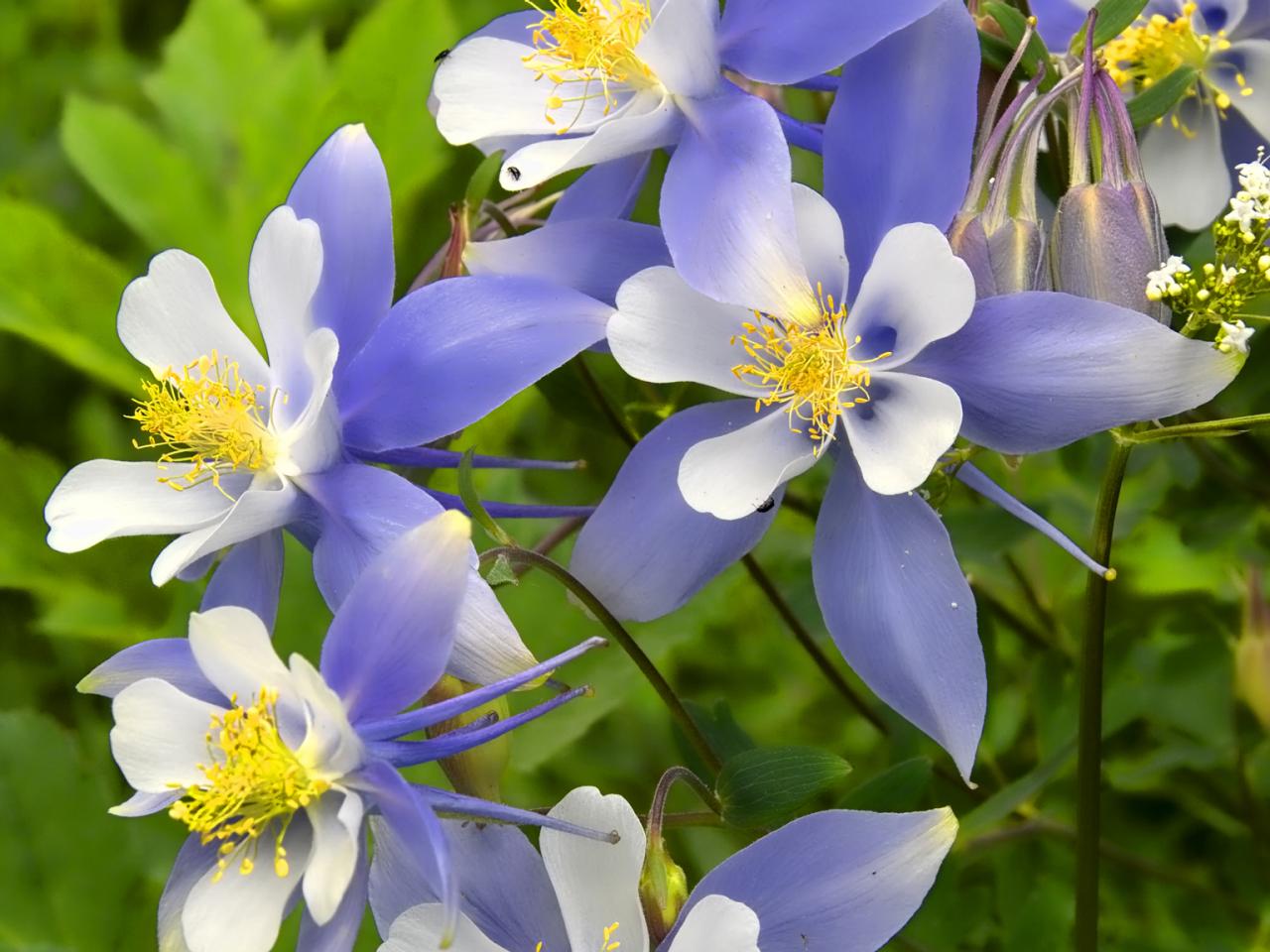

Garden Essentials
When Do You Plant Columbine Seeds
Modified: March 16, 2024
Learn when to plant columbine seeds in your garden and ensure a beautiful display of these vibrant flowers. Discover the best time for sowing and growing columbine seeds.
(Many of the links in this article redirect to a specific reviewed product. Your purchase of these products through affiliate links helps to generate commission for Storables.com, at no extra cost. Learn more)
Introduction
Gardening is a cherished pastime for many, and there’s nothing quite like seeing your garden come to life with vibrant and colorful flowers. One such flower that can add beauty and elegance to any garden is the columbine. With its unique shape and delicate petals, the columbine is a favorite among garden enthusiasts.
However, before you can enjoy the beauty of columbine plants, you need to start from the beginning – planting the seeds. Knowing the optimal time to plant columbine seeds and the proper care they require is crucial for their successful growth. In this article, we will explore when to plant columbine seeds, both indoors and outdoors, along with tips for their maintenance and care.
Before we dive into the specifics, let’s take a look at some important factors to consider before planting columbine seeds.
Key Takeaways:
- Plant columbine seeds indoors 8-10 weeks before the last expected frost for earlier blooms. Provide consistent moisture and gradually introduce seedlings to outdoor conditions.
- Plant columbine seeds outdoors in early spring or early fall for healthy, robust plants. Ensure well-draining soil, consistent moisture, and proper spacing for optimal growth.
Read more: When Do You Plant Carrot Seeds
Factors to Consider Before Planting Columbine Seeds
Before you start planting columbine seeds, there are a few key factors to consider to ensure successful growth and to create an ideal environment for these beautiful flowers:
- Climate: Columbine plants thrive in temperate climates and are well-suited to regions with cool summers and mild winters. They prefer areas with moderate sunlight and partial shade.
- Soil Condition: Columbine plants prefer well-draining soil that is rich in organic matter. The pH level of the soil should be slightly acidic to neutral, around 6.0 to 7.0.
- Watering Needs: Columbine plants require regular watering, especially during dry spells or prolonged periods of high temperatures. However, it is important to avoid overwatering, as it can lead to root rot and other fungal diseases.
- Spacing: When planting columbine seeds, make sure to leave enough space between the plants to allow for adequate airflow and prevent crowding. Overcrowding can lead to increased risk of disease and pest infestation.
- Companion Plants: Columbine plants can benefit from being planted alongside certain companion plants that provide shade or attract beneficial insects. Some suitable companion plants include astilbe, hosta, and bleeding heart.
- Predator Control: Columbine plants are susceptible to certain pests, such as slugs, snails, and aphids. Implementing pest control measures, such as using organic pesticides or creating barriers, can help protect your plants from these potential predators.
By considering these factors before planting columbine seeds, you will create a favorable environment for their growth and ensure that your garden flourishes with beautiful and healthy columbine flowers.
Best Time of Year to Plant Columbine Seeds
Timing is crucial when it comes to planting columbine seeds. The best time to plant columbine seeds largely depends on the climate and growing conditions in your region. However, there are some general guidelines to follow:
Planting Columbine Seeds Indoors:
If you want to get a head start on growing columbine plants and enjoy blooms earlier in the season, it’s best to start by planting the seeds indoors. This can be done 8-10 weeks before the last expected frost in your area. Start by filling seed trays or pots with a well-draining seed-starting mix.
Sow the seeds on top of the soil and lightly press them in, ensuring good seed-to-soil contact. Keep the soil consistently moist but not waterlogged, and place the trays in a warm location with indirect sunlight.
Once the seedlings have grown to a suitable size, you can transplant them outdoors after the danger of frost has passed. Be sure to harden off the seedlings by gradually introducing them to outdoor conditions over the course of a week.
Planting Columbine Seeds Outdoors:
If you prefer to sow columbine seeds directly into the garden, the best time to do this is in early spring or early fall. In regions with mild climates, fall planting may lead to earlier blooms in the following spring.
Prepare the soil by removing any weeds or debris and amend it with organic matter to improve its drainage and fertility. Sow the seeds on the surface of the soil and lightly cover them with a thin layer of soil or compost. Keep the soil consistently moist until the seeds germinate, which usually takes around 2-3 weeks.
As the seedlings grow, thin them out to provide enough space for each plant to thrive. Aim for a spacing of around 12-18 inches between each plant to allow for proper airflow and prevent overcrowding.
By planting columbine seeds at the appropriate time, you can ensure optimal growth and maximize the chances of a bountiful display of colorful columbine flowers in your garden.
Planting Columbine Seeds Indoors
Planting columbine seeds indoors is a great way to get a head start on growing these beautiful flowers and ensure they have a strong start. Here’s a step-by-step guide on how to plant columbine seeds indoors:
- Preparation: Start by gathering all the materials you’ll need, including seed trays or pots, a well-draining seed-starting mix, columbine seeds, and a spray bottle for watering.
- Seed Starting Mix: Fill the seed trays or pots with a high-quality seed-starting mix. Avoid using regular garden soil as it can be too heavy and retain too much moisture, which can lead to seedling damping off. Ensure the seed-starting mix is lightly moist before sowing the seeds.
- Sowing the Seeds: Take the columbine seeds and sprinkle them evenly on top of the soil. Press them lightly into the surface of the soil to ensure good seed-to-soil contact. Avoid burying the seeds too deep as they require light to germinate.
- Light and Temperature: Place the seed trays or pots in a warm location where they will receive indirect sunlight. The ideal temperature for seed germination is around 65-70 degrees Fahrenheit (18-21 degrees Celsius).
- Watering: Using a spray bottle, gently mist the soil to keep it consistently moist. Avoid overwatering, as this can lead to fungal diseases and rot. It’s important to strike a balance and ensure the soil remains moist but not waterlogged.
- Germination and Growth: Columbine seeds typically take around 2-3 weeks to germinate. Once the seedlings have emerged, continue to provide them with adequate light and maintain a consistent moisture level. Thin out the seedlings as they grow, leaving only the strongest ones to allow for sufficient space and airflow.
- Transplanting: When the columbine seedlings have grown to a suitable size, and all danger of frost has passed, you can transplant them into individual pots or directly into the garden. Make sure to harden off the seedlings by gradually exposing them to outdoor conditions over the course of a week.
By following these steps, you can successfully plant columbine seeds indoors and witness the beauty of these delicate flowers in your garden.
Plant columbine seeds in the early spring or late fall. Sow the seeds directly into the soil or start them indoors and then transplant them outside. Keep the soil moist and provide partial shade for best results.
Planting Columbine Seeds Outdoors
Planting columbine seeds directly in your garden can be an exciting and rewarding experience. Here’s a step-by-step guide to help you successfully plant columbine seeds outdoors:
- Choose the Right Location: Select a suitable location in your garden that receives partial shade to protect the columbine plants from direct sunlight during the hottest parts of the day. Ensure the area has well-draining soil and is free from weeds and debris.
- Soil Preparation: Before sowing the seeds, prepare the soil by loosening it with a garden fork or tiller. Remove any weeds or rocks, and amend the soil with organic matter to improve its fertility and drainage. The pH level of the soil should be slightly acidic to neutral, around 6.0 to 7.0.
- Sowing the Seeds: Scatter the columbine seeds over the prepared soil surface, ensuring even distribution. The seeds should be lightly covered with a thin layer of soil or compost, about 1/8 inch deep. Gently press down on the soil to ensure good seed-to-soil contact.
- Watering: After sowing the seeds, water the area gently and evenly to settle the soil and initiate germination. Keep the soil consistently moist, but be cautious not to overwater, as excess moisture can lead to rotting and fungal diseases.
- Germination and Growth: Columbine seeds usually take around 2-3 weeks to germinate, but the timing can vary. Be patient and continue to provide consistent moisture during this period. Once the seedlings have emerged, thin them out to allow for proper spacing, typically about 12-18 inches apart.
- Maintenance: As the columbine plants grow, it’s essential to provide them with regular watering, especially during dry spells. Mulching around the plants can help retain moisture and suppress weed growth. Monitor the plants for any signs of pests or diseases and take appropriate measures to address them promptly.
By following these steps, you can plant columbine seeds directly in your garden and enjoy the beauty of these graceful flowers as they grow and bloom.
Read more: When Do You Plant Strawberry Seeds
Maintaining and Caring for Columbine Plants
Once you have successfully planted and nurtured your columbine plants, it’s important to provide ongoing care and maintenance to ensure their health and longevity. Here are some essential tips for maintaining and caring for columbine plants:
- Watering: Columbine plants appreciate regular watering, especially during dry spells or prolonged periods of heat. Water the plants deeply at the base, allowing the soil to become slightly dry between watering sessions. Avoid overwatering, as excessive moisture can lead to root rot and other fungal diseases.
- Fertilizing: Columbine plants generally don’t require excessive fertilization. However, you can apply a balanced, slow-release fertilizer in early spring to provide a nutrient boost. Follow the package instructions for application rates and frequency.
- Deadheading: As the columbine plants bloom, you may notice spent flowers that have faded or wilted. Regular deadheading – the removal of these faded flowers – encourages the plant to produce more blooms and prolongs the flowering period.
- Dividing: Over time, columbine plants may become overcrowded or exhibit declining growth. To rejuvenate the plants and maintain their vigor, consider dividing them every few years. This involves carefully lifting the clumps, separating them into smaller sections, and replanting them with adequate spacing.
- Pest and Disease Control: Columbine plants are generally resistant to many pests and diseases. However, they may occasionally face challenges, such as aphids, slugs, or powdery mildew. Monitor your plants regularly and take appropriate measures if you notice any issues. Organic pest control methods, such as handpicking pests or using insecticidal soap, can help keep pests in check.
- Winter Care: Columbine plants are typically hardy and can withstand cold temperatures. However, providing some protection during harsh winters can be beneficial. Apply a layer of mulch around the base of the plants in late fall to insulate the roots and help prevent frost heaving.
- Companion Planting: Consider planting columbine alongside compatible companion plants. Some suitable options include astilbe, hosta, bleeding heart, and ferns. These companion plants can provide shade, attract beneficial insects, and create an aesthetically pleasing combination.
By following these care and maintenance tips, you can ensure that your columbine plants continue to thrive and beautify your garden year after year.
Conclusion
Planting columbine seeds and watching them grow into beautiful, vibrant flowers can be a rewarding experience for any garden enthusiast. By considering important factors such as climate, soil condition, watering needs, spacing, companion plants, and predator control, you can create an ideal environment for your columbine plants to thrive.
The best time to plant columbine seeds largely depends on whether you choose to start them indoors or sow them directly outdoors. Starting seeds indoors allows for earlier blooms and gives you more control over the growing conditions. On the other hand, sowing seeds directly into the garden is a convenient option with the right timing, resulting in healthy and robust plants.
Proper care and maintenance of columbine plants are essential for their continued health and longevity. Regular watering, careful fertilization, deadheading faded flowers, dividing clumps, and providing protection during winter are key steps in maintaining thriving columbine plants. Additionally, monitoring for pests and diseases and implementing necessary pest control measures will help ensure their well-being.
Companion planting columbine with suitable companions can enhance the beauty of your garden and provide additional benefits. Astilbe, hosta, bleeding heart, and ferns are perfect choices to complement columbine plants and create a visually appealing landscape.
In conclusion, columbine plants are a delightful addition to any garden. By understanding the best time to plant columbine seeds, the steps involved in indoor and outdoor planting, and the care and maintenance required, you can enjoy the stunning beauty of these unique flowers for years to come. So, go ahead, get your hands dirty, and let the magic of columbine unfold in your garden.
Frequently Asked Questions about When Do You Plant Columbine Seeds
Was this page helpful?
At Storables.com, we guarantee accurate and reliable information. Our content, validated by Expert Board Contributors, is crafted following stringent Editorial Policies. We're committed to providing you with well-researched, expert-backed insights for all your informational needs.
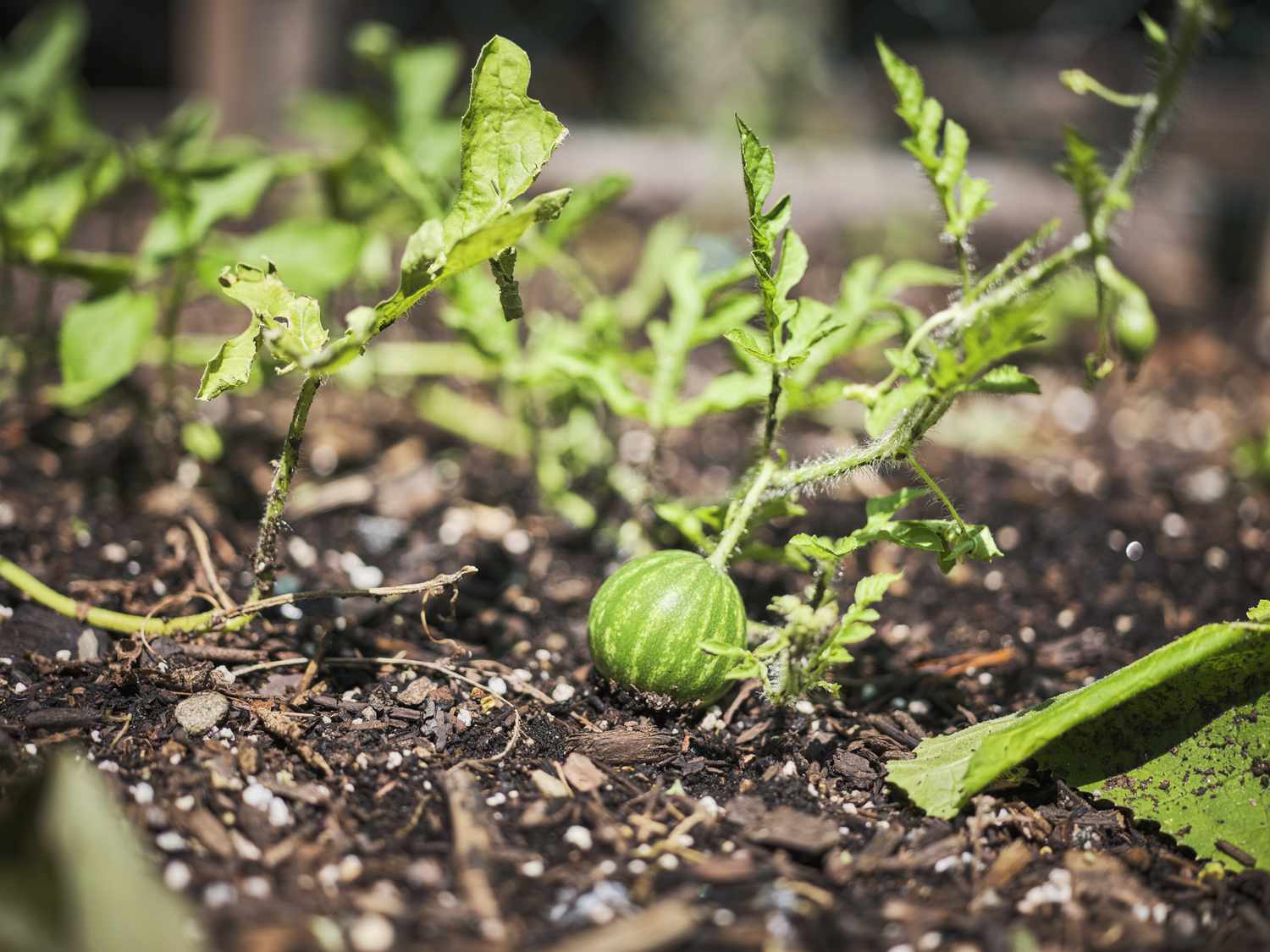
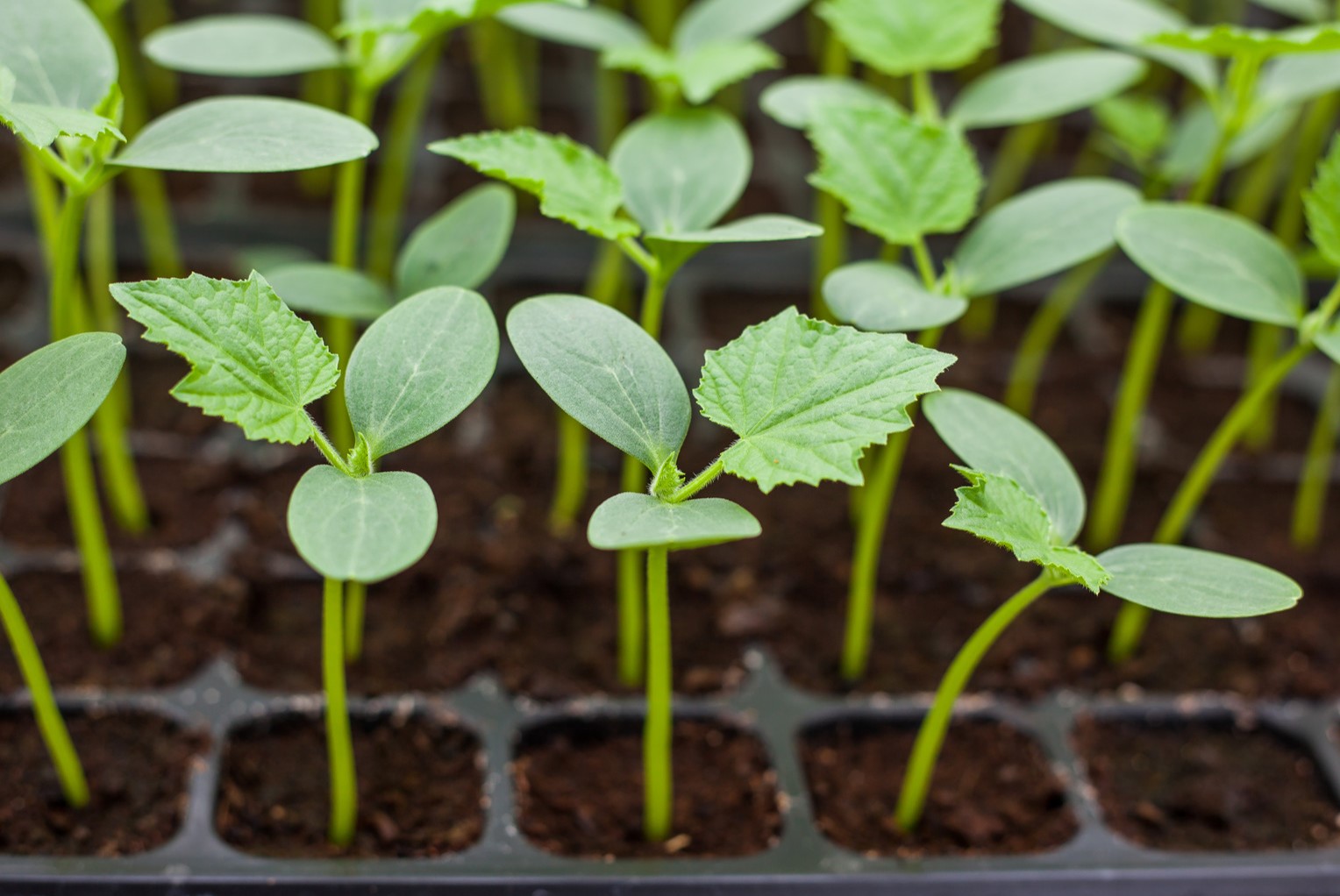
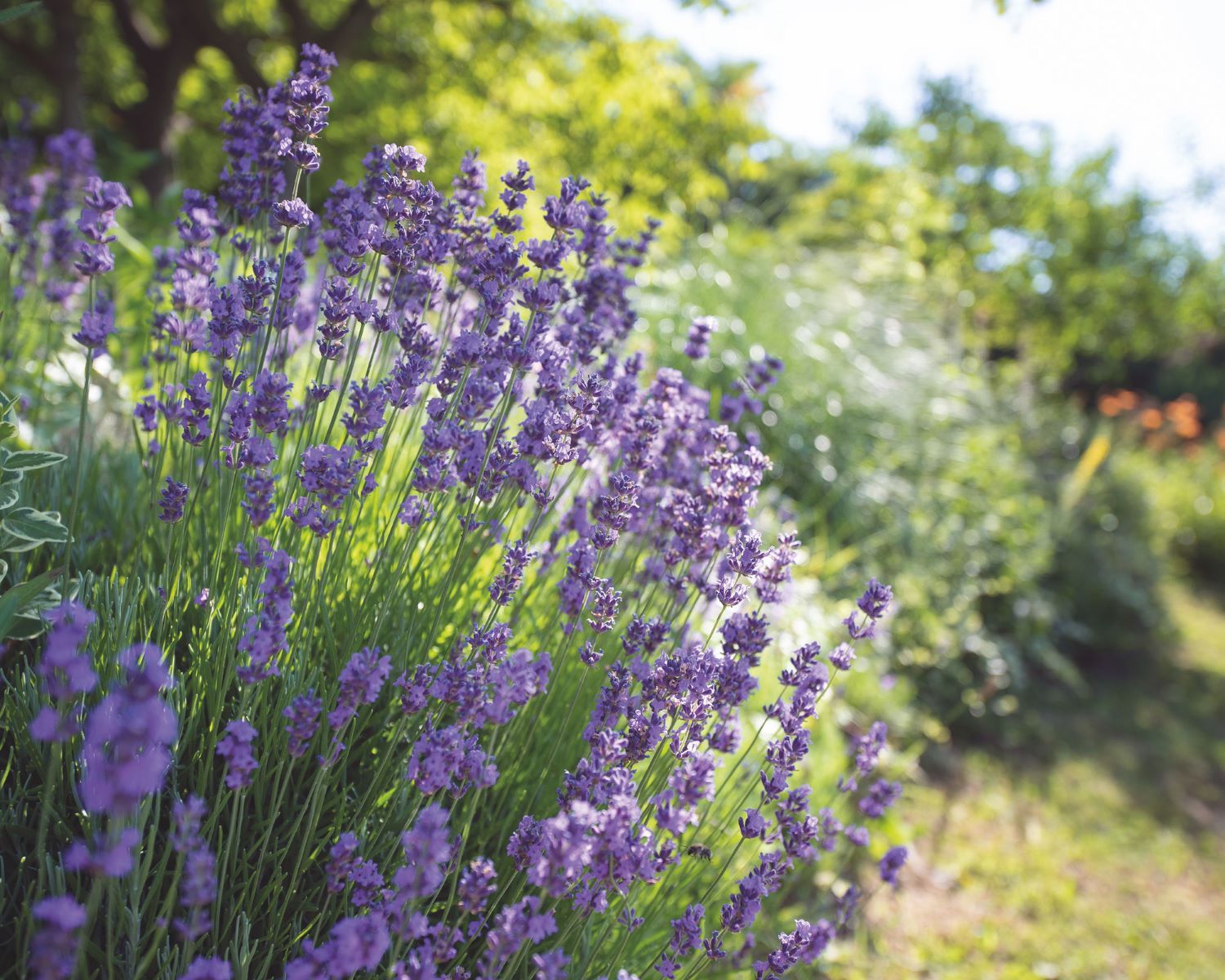
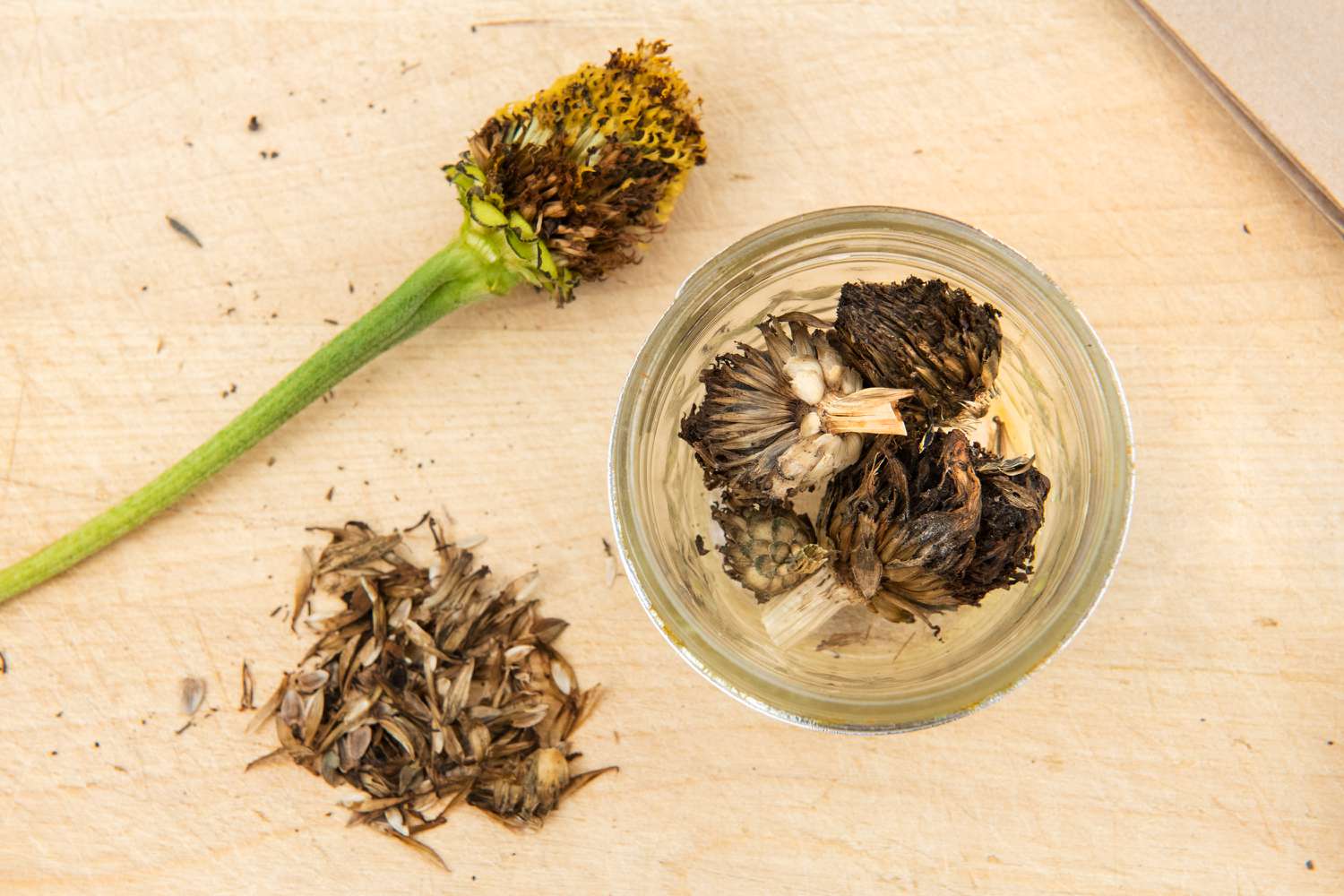
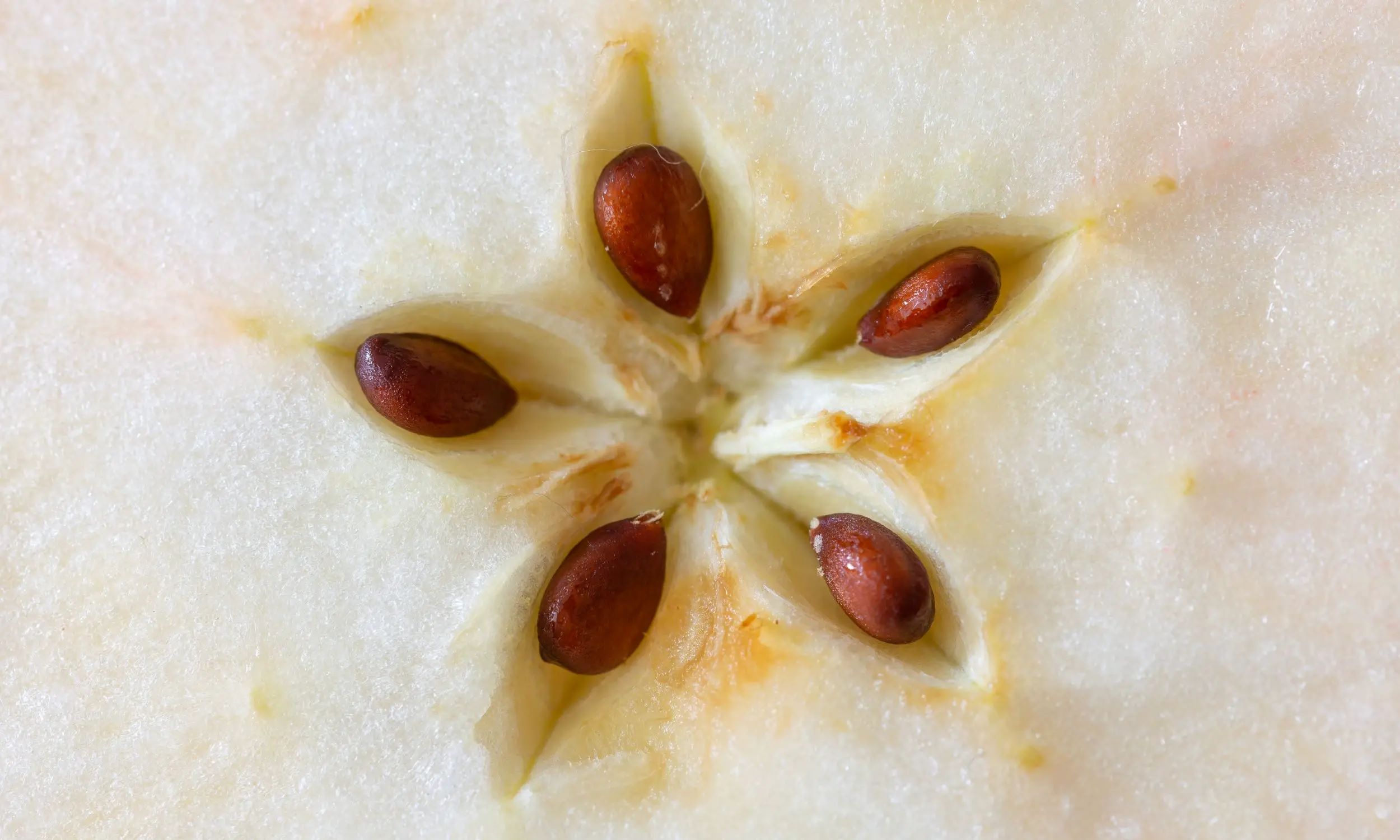
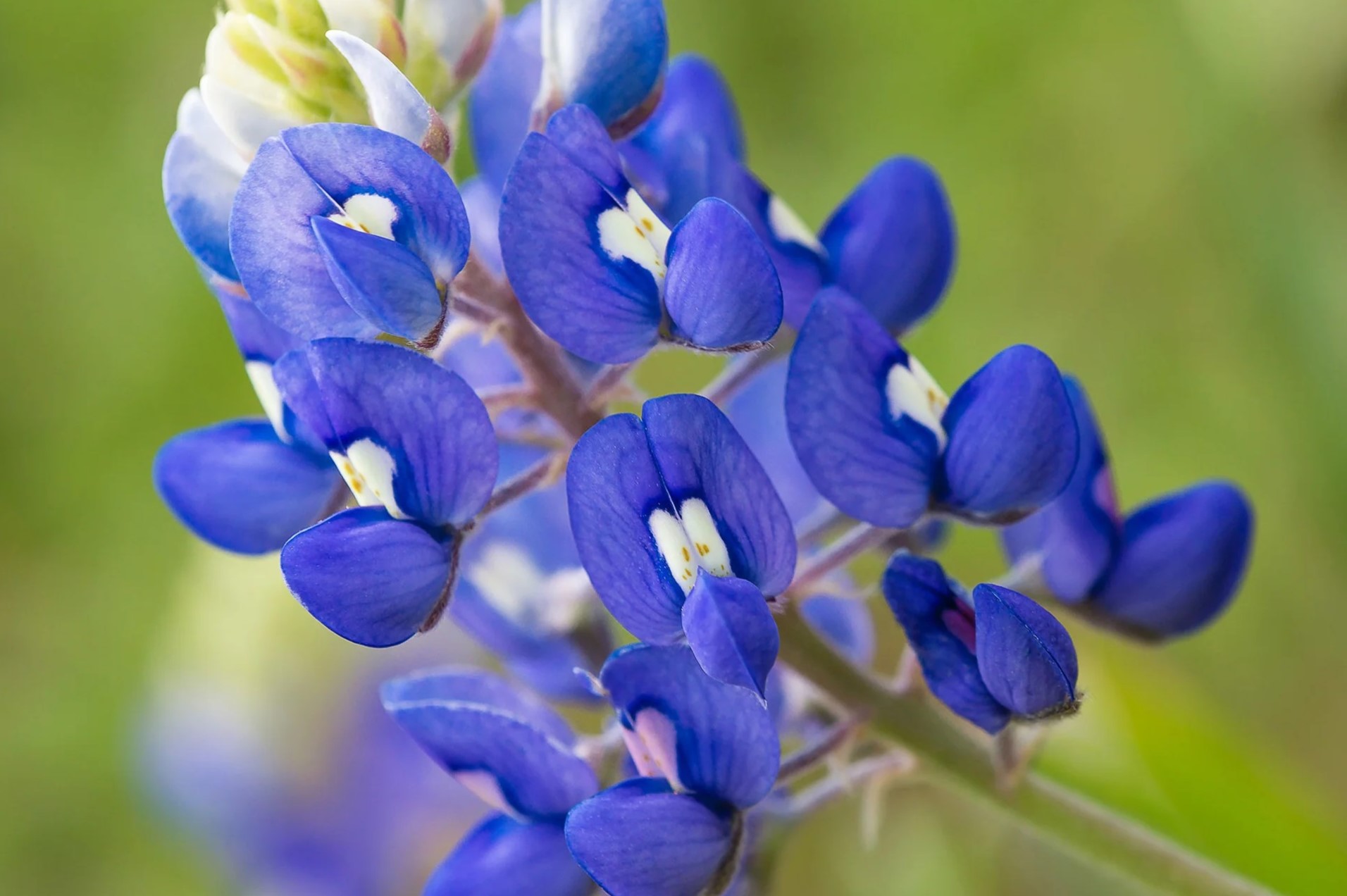
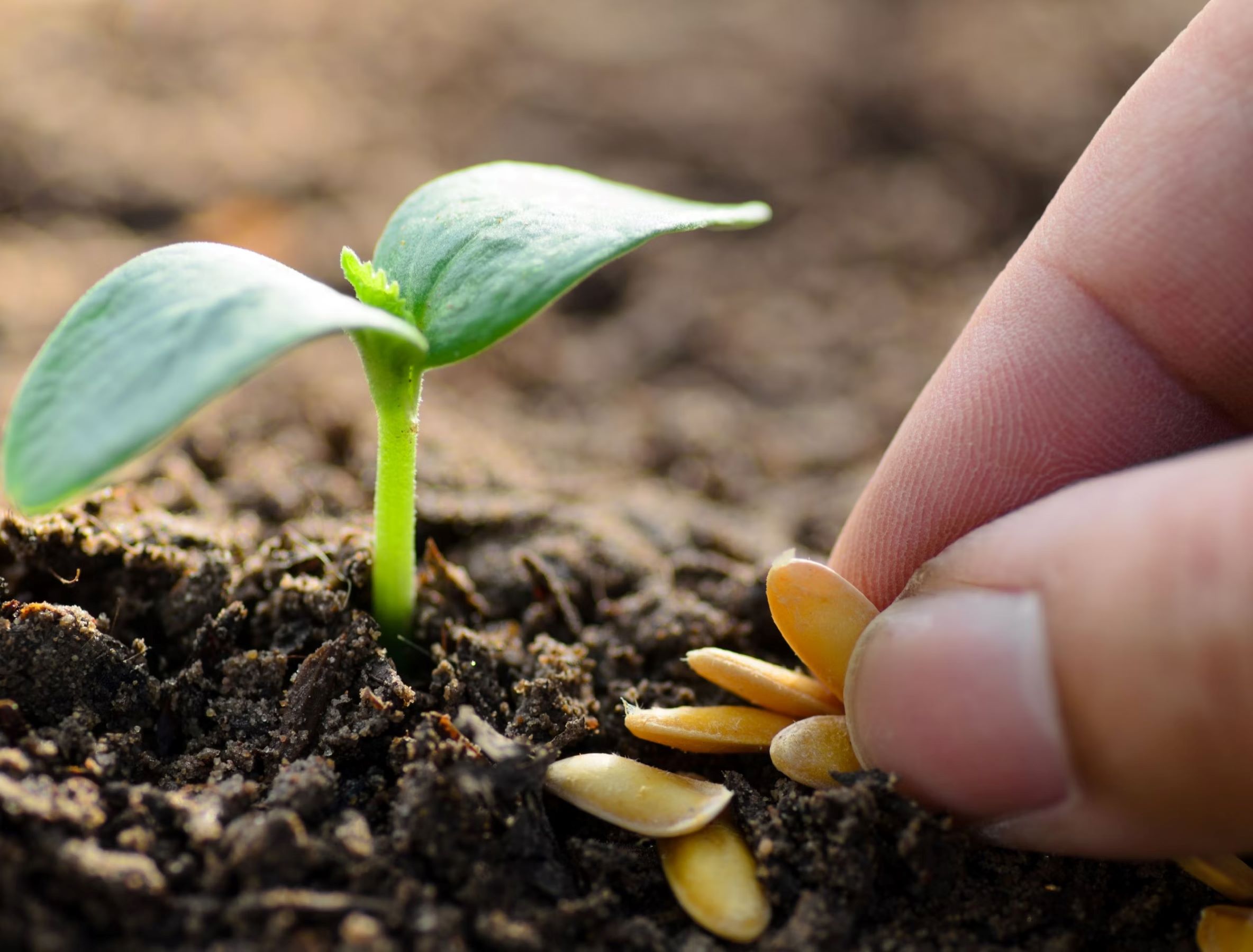
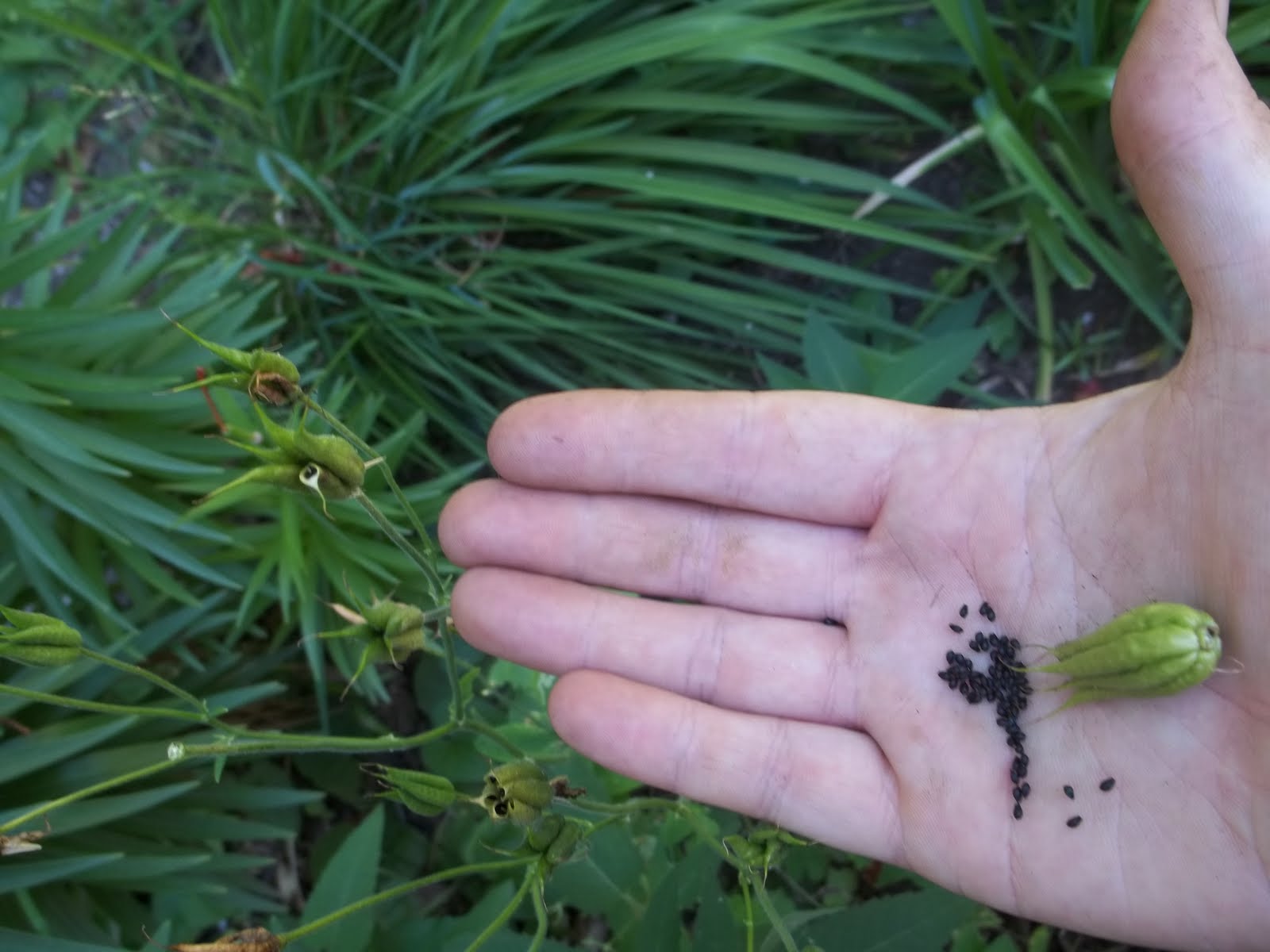
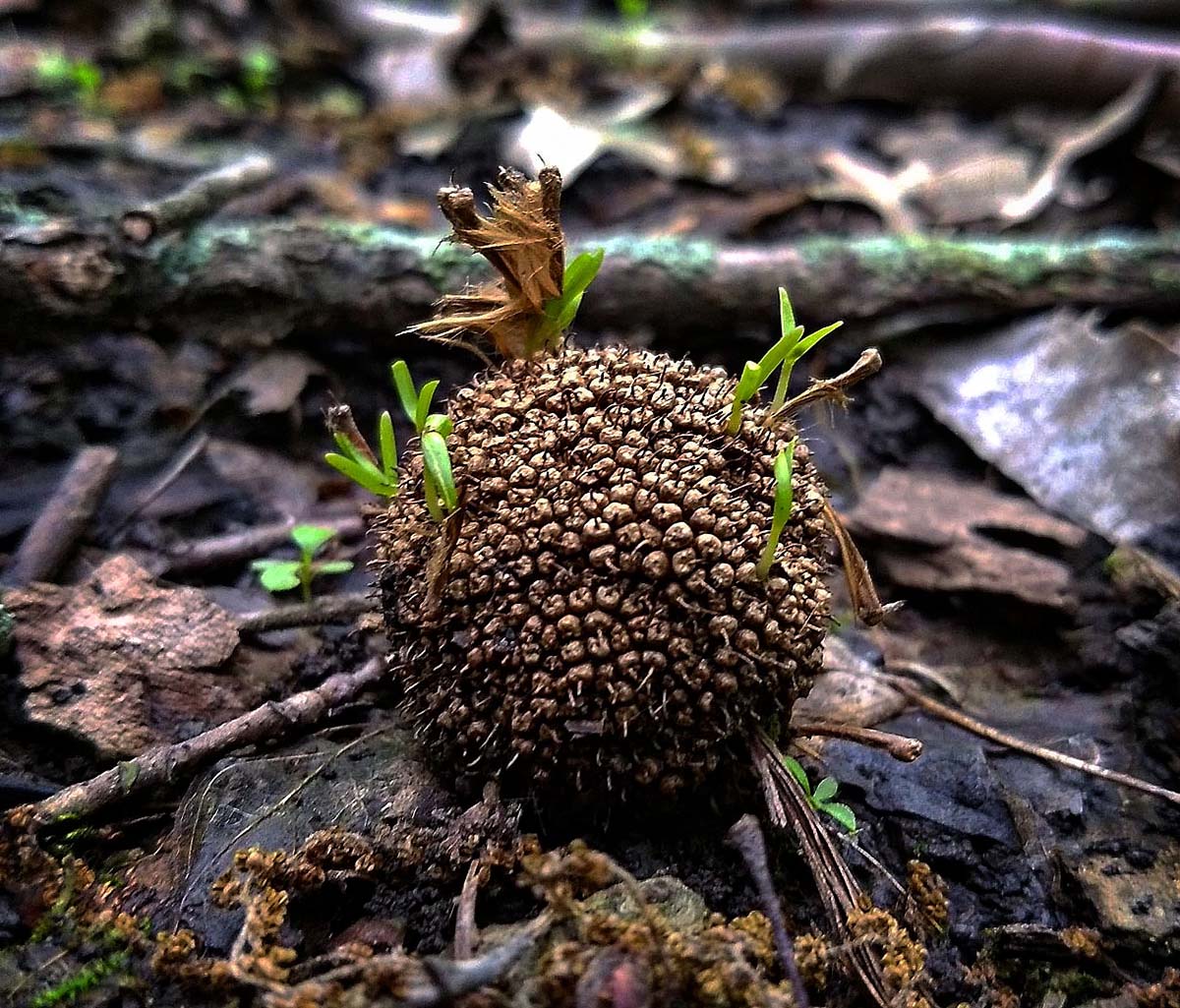
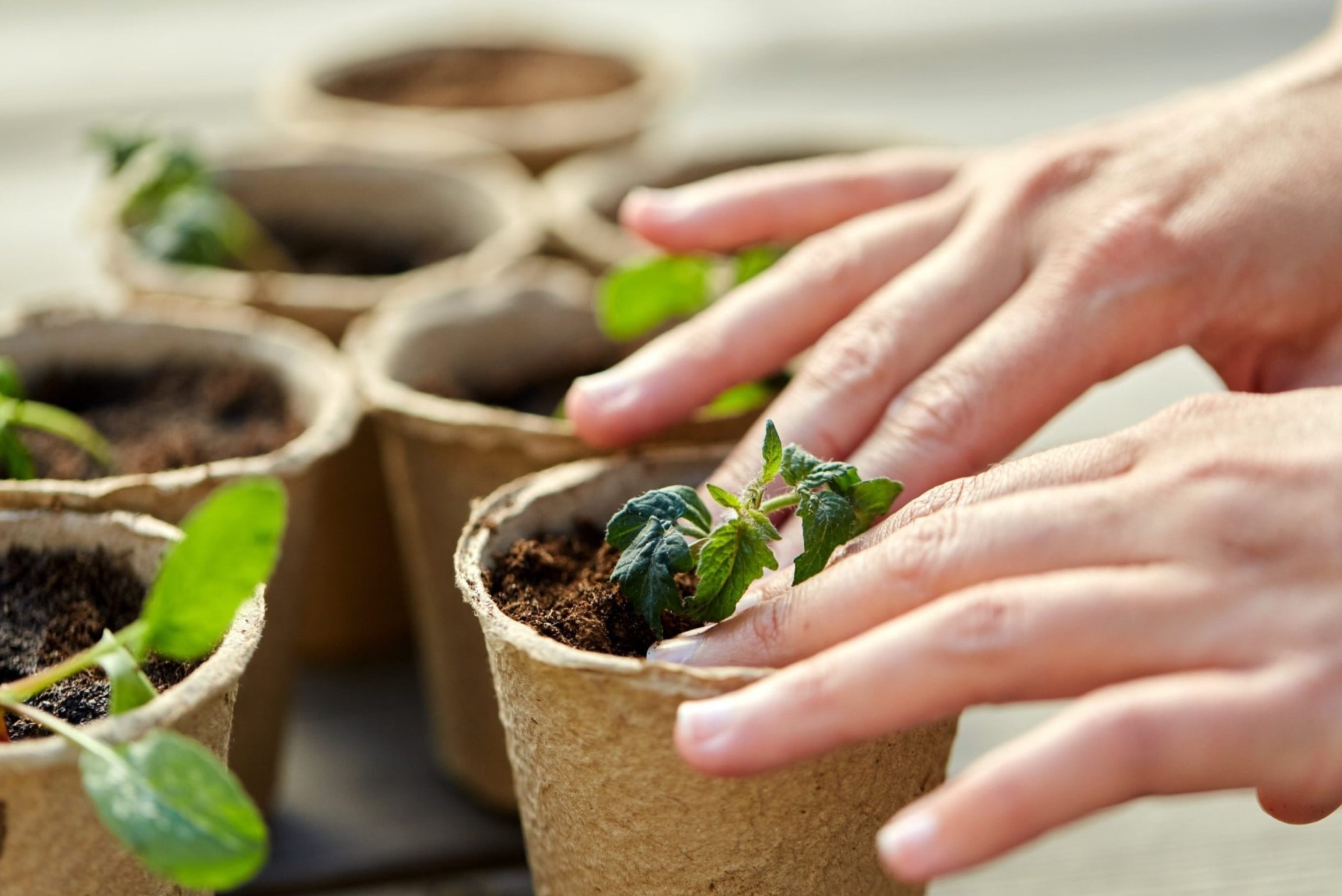
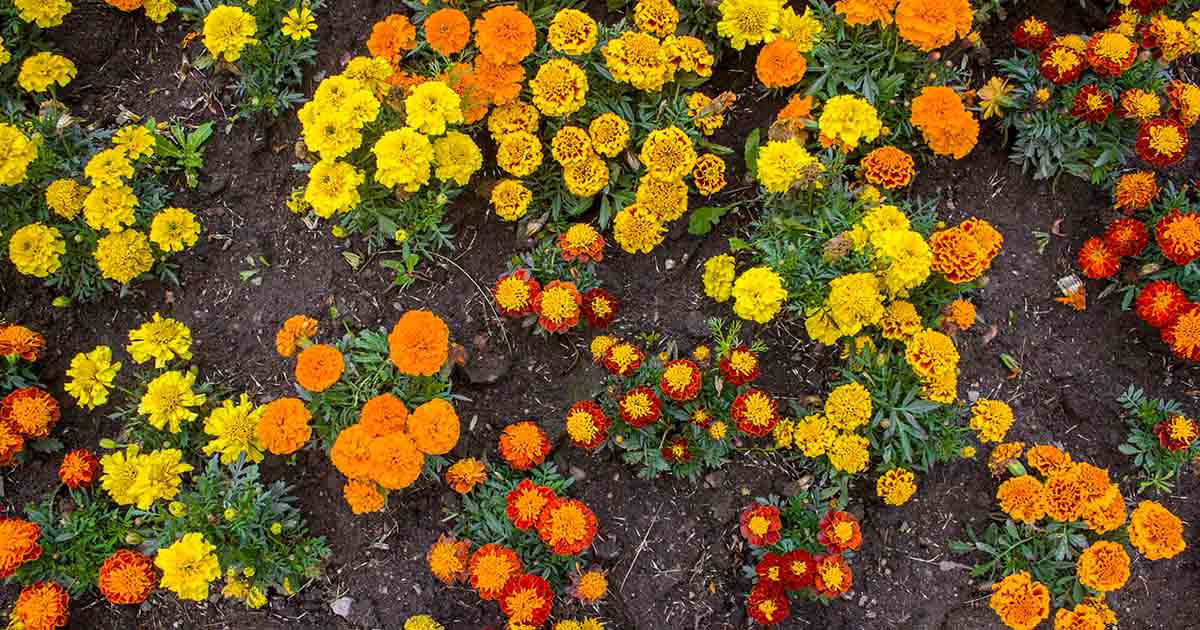
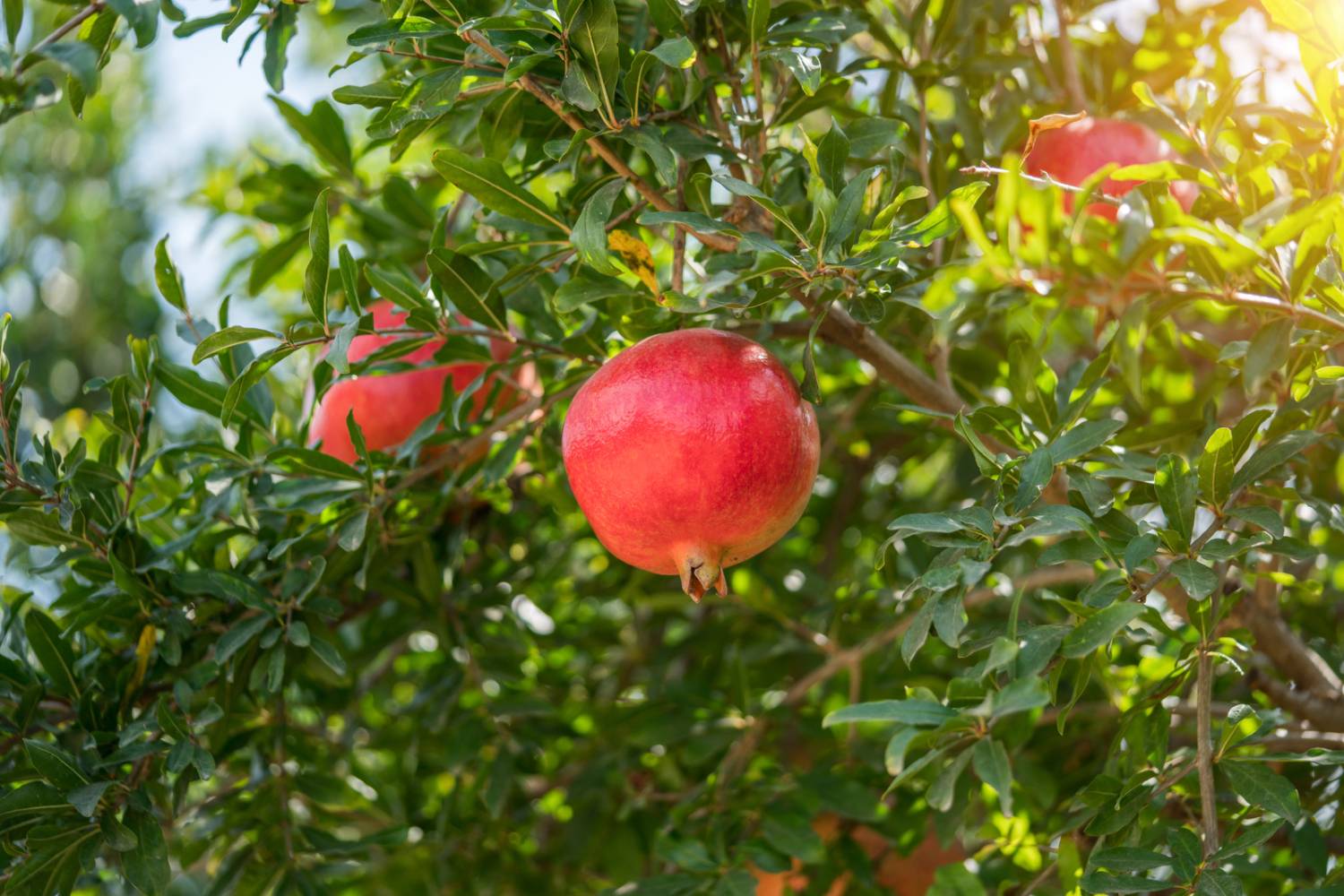
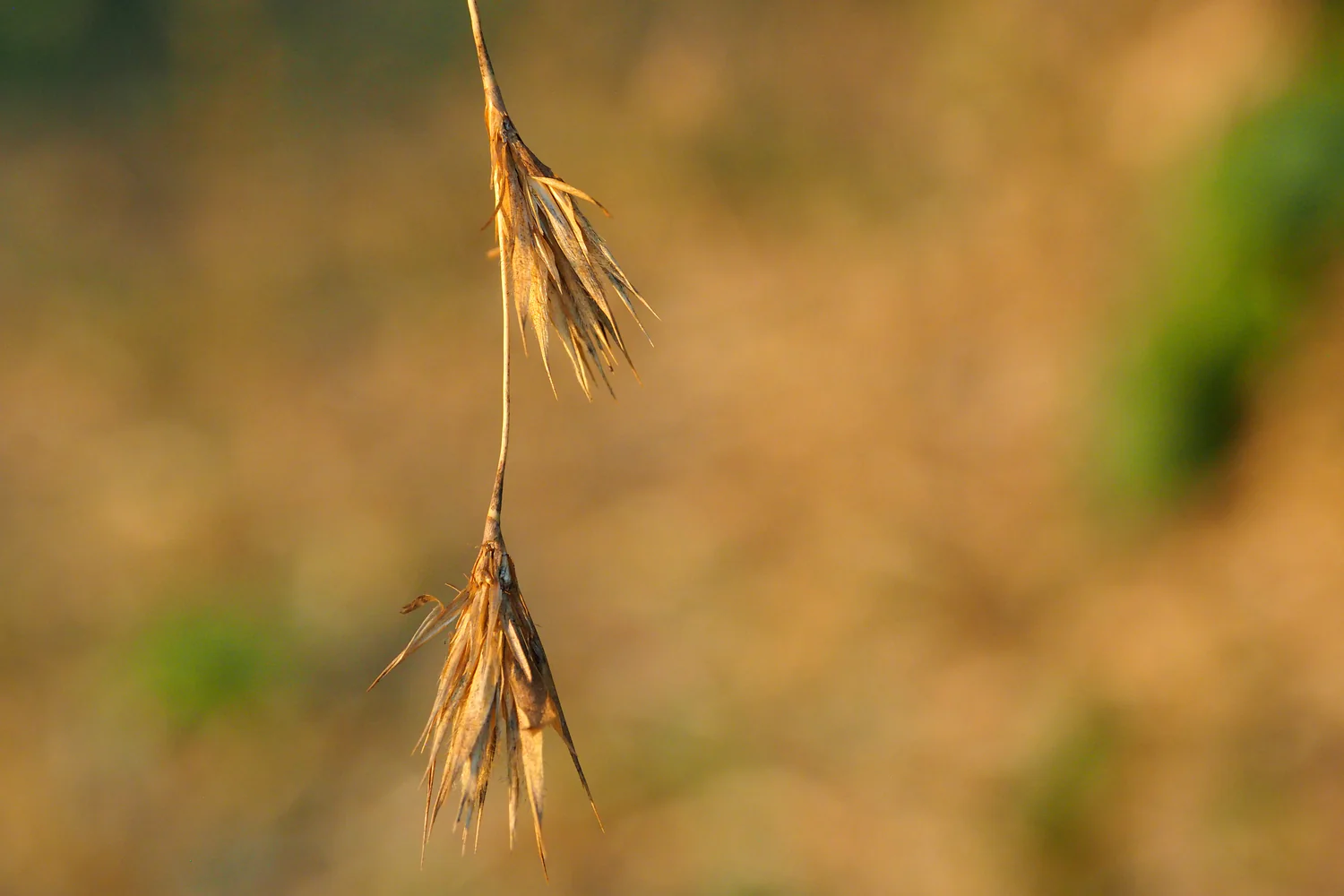
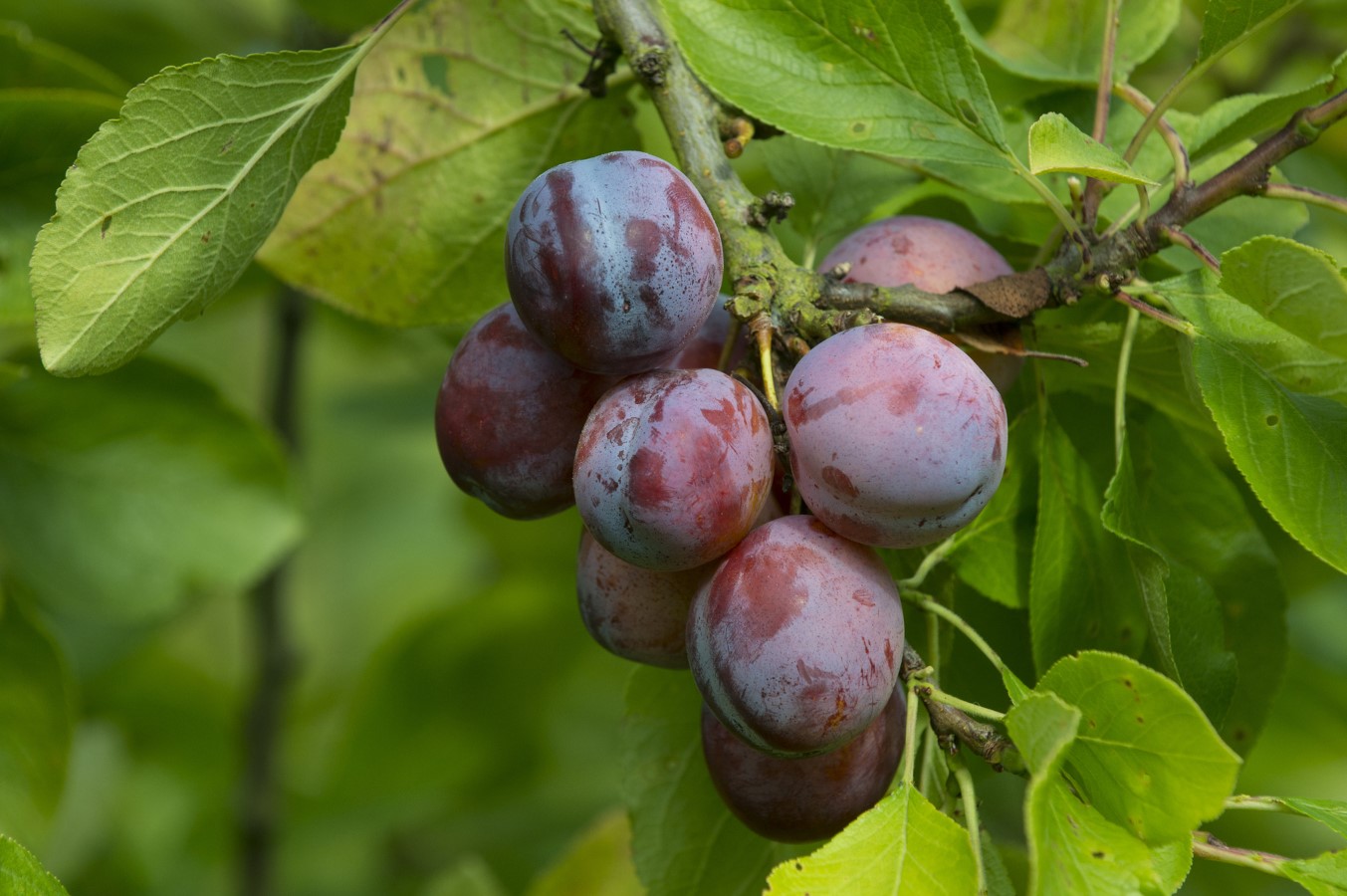

0 thoughts on “When Do You Plant Columbine Seeds”